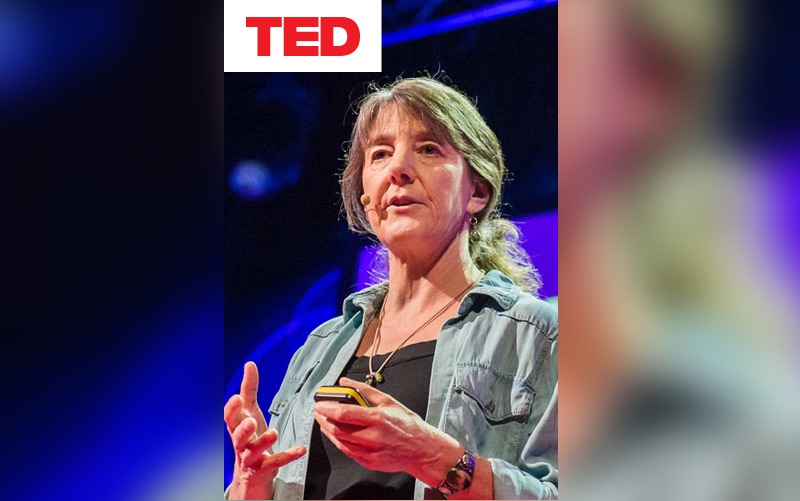Honeybees have thrived for 50 million years, each colony 40 to 50,000 individuals coordinated in amazing harmony. So why, seven years ago, did colonies start dying en masse? Marla Spivak reveals four reasons which are interacting with tragic consequences. This is not simply a problem because bees pollinate a third of the world’s crops. Could this incredible species be holding up a mirror for us?
Marla Spivak / Bees scholar
Marla Spivak researches bees’ behavior and biology in an effort to preserve this threatened, but ecologically essential, insect.
Why you should listen
Bees pollinate a third of our food supply — they don’t just make honey! — but colonies have been disappearing at alarming rates in many parts of the world due to the accumulated effects of parasitic mites, viral and bacterial diseases, and exposure to pesticides and herbicides. Marla Spivak, University of Minnesota professor of entomology and 2010 MacArthur Fellow, tries as much as possible to think like bees in her work to protect them. They’re “highly social and complex” creatures, she says, which fuels her interest and her research.
Spivak has developed a strain of bees, the Minnesota Hygienic line, that can detect when pupae are infected and kick them out of the nest, saving the rest of the hive. Now, Spivak is studying how bees collect propolis, or tree resins, in their hives to keep out dirt and microbes. She is also analyzing how flowers’ decline due to herbicides, pesticides and crop monoculture affect bees’ numbers and diversity. Spivak has been stung by thousands of bees in the course of her work.
What others say
“Bees have a champion in Marla Spivak.” — The Promised Land

